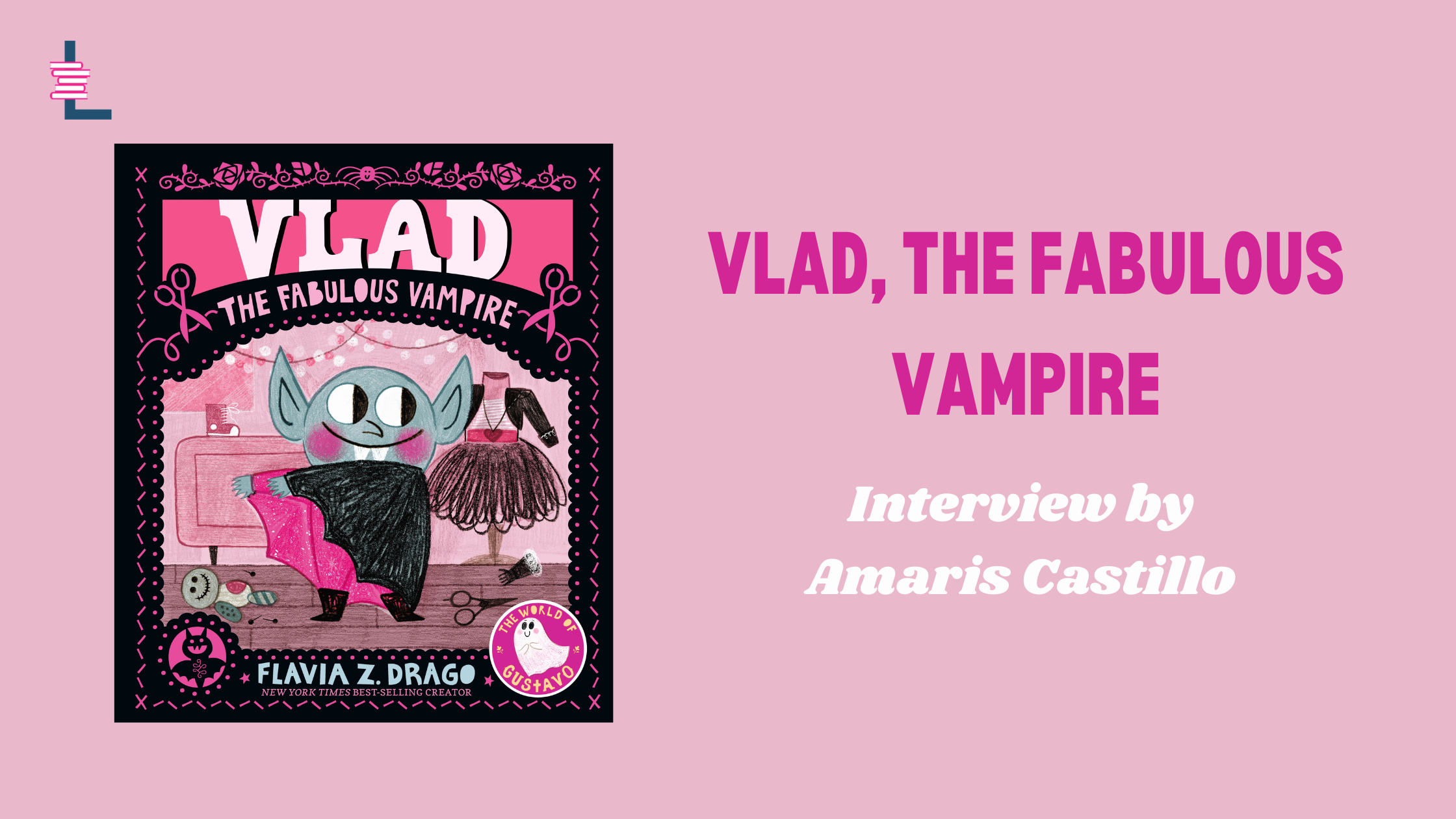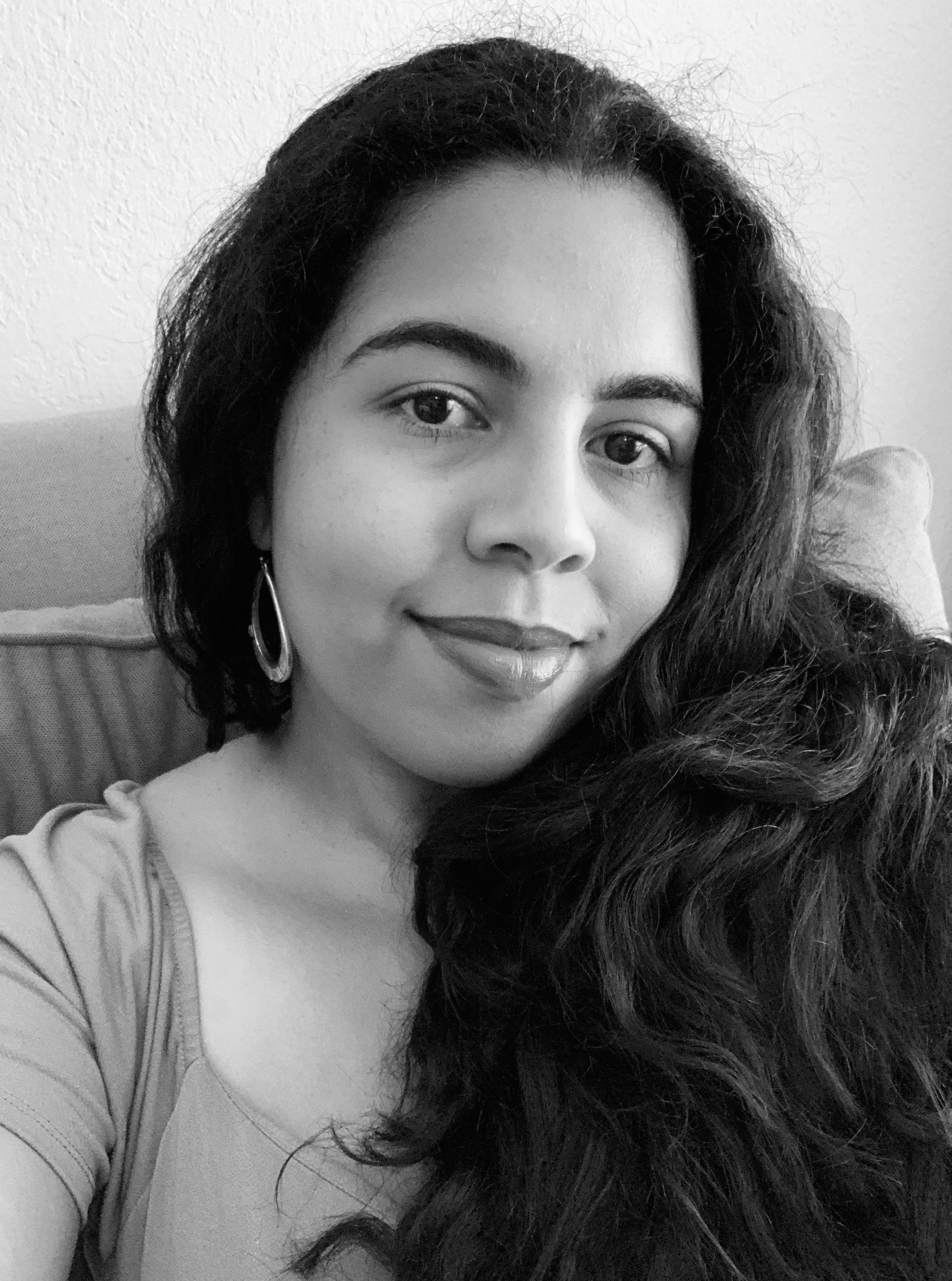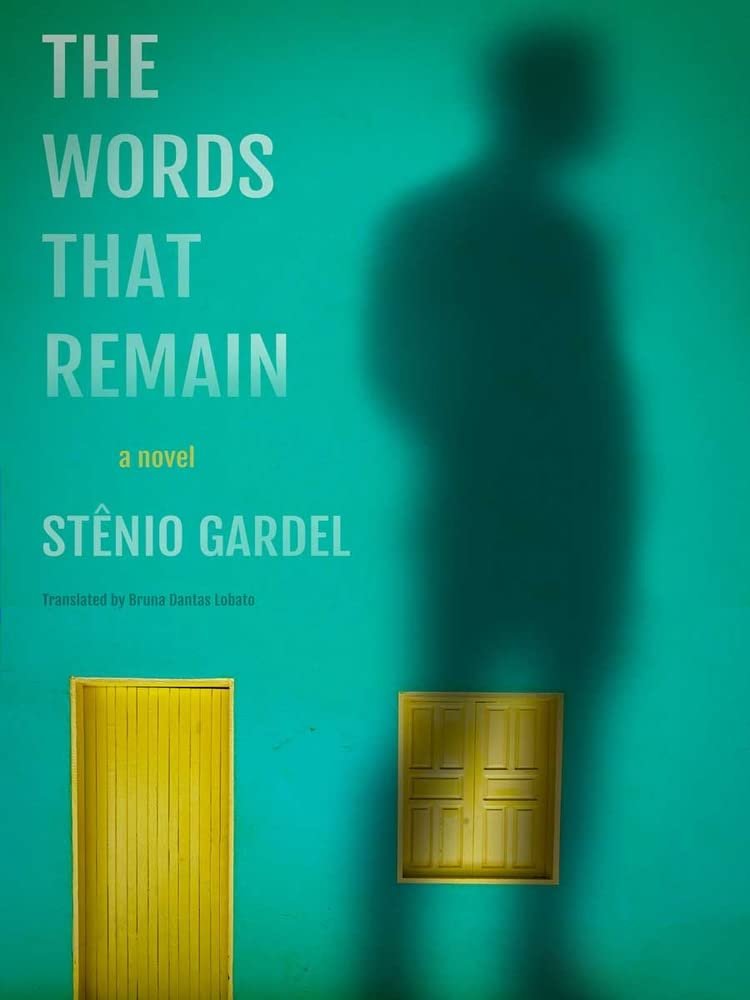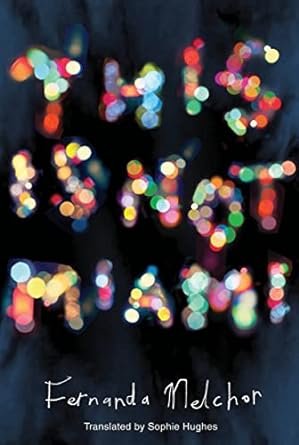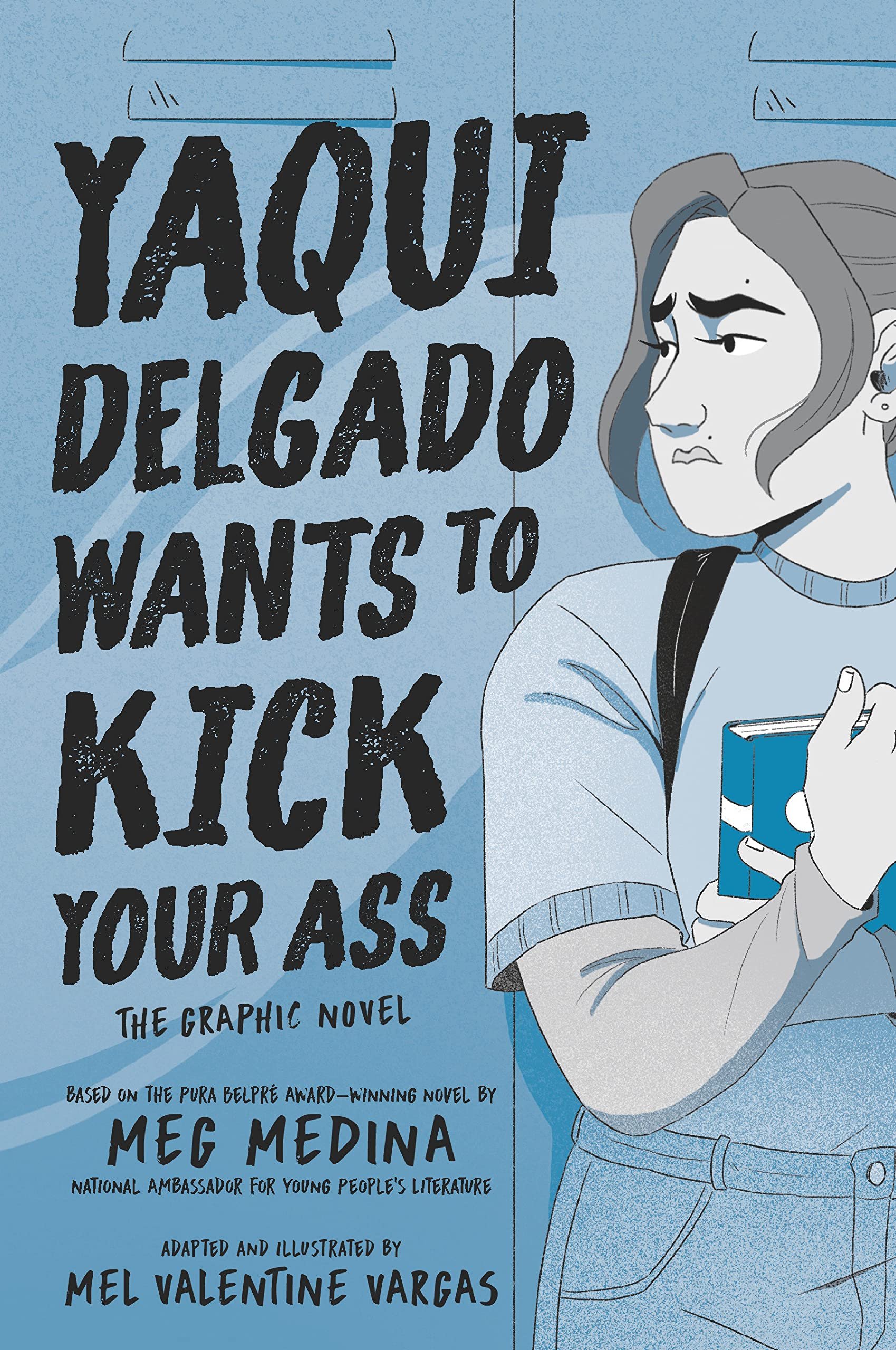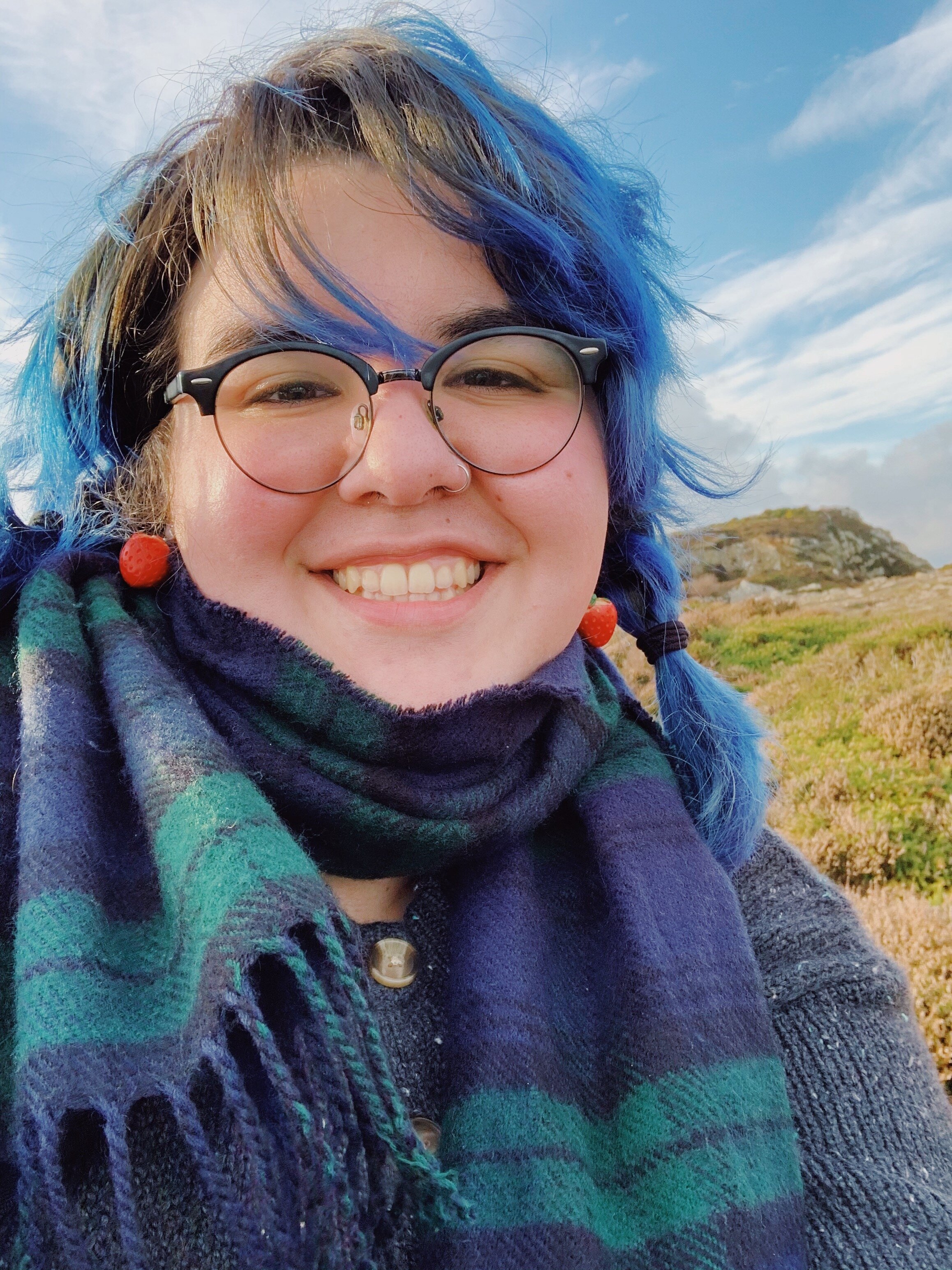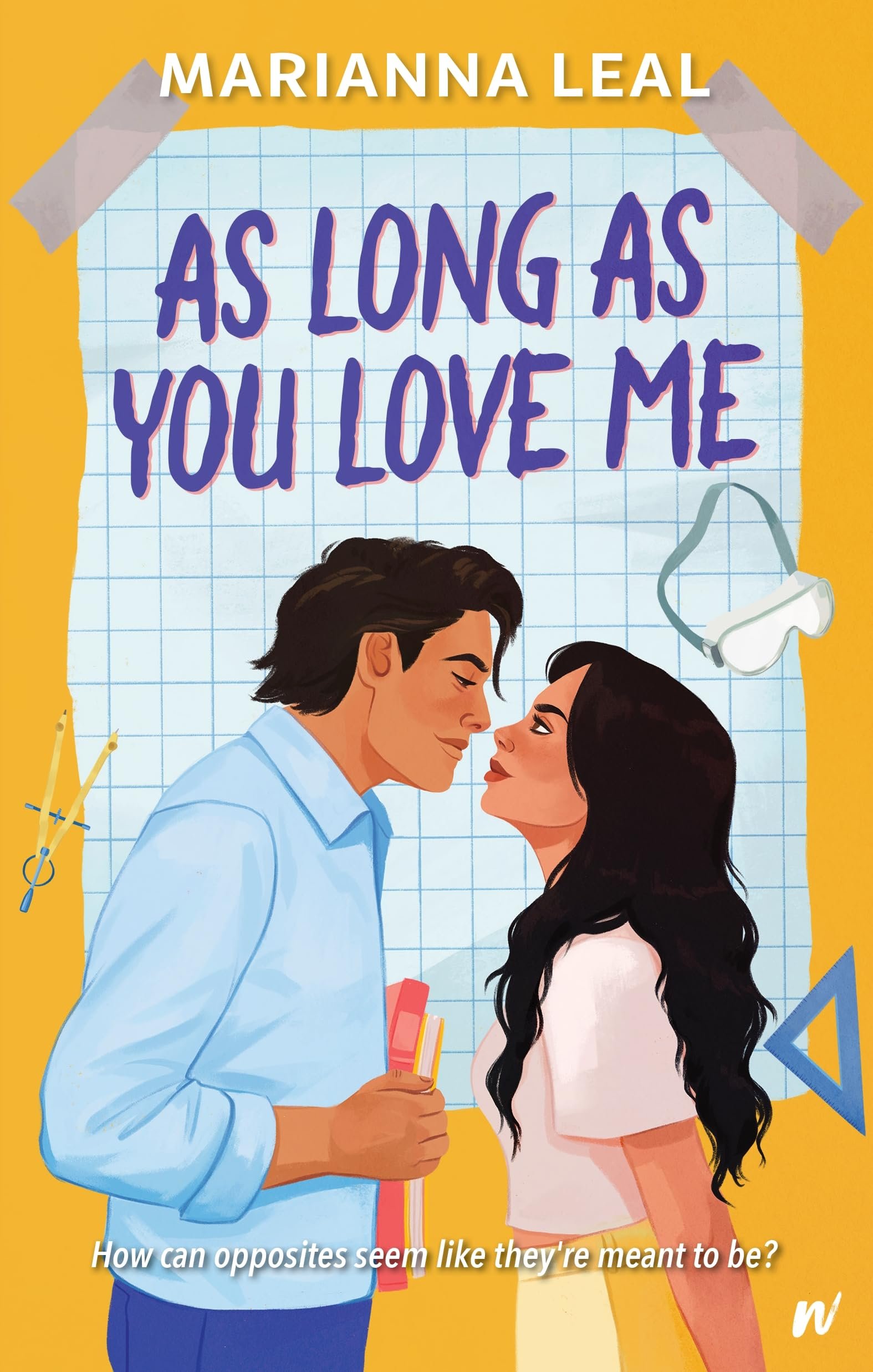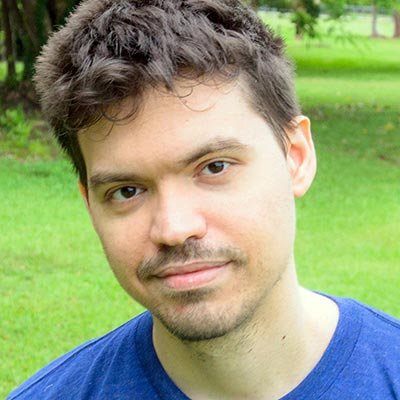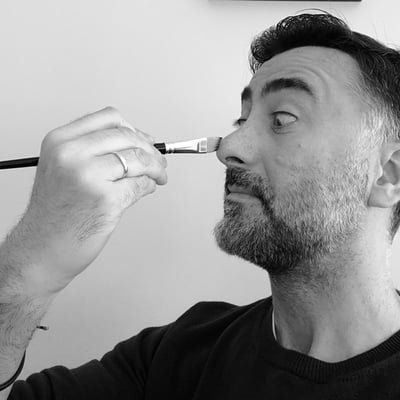AC: Your text in Cool Green is both poetic and informative. What was it like to balance both in order to tell a compelling ode to trees?
LD: That’s a great question. First and foremost is research, which I adore. And I did tons of it. Because I wanted the young reader to fall in love with these trees, I searched for what I call the “cool facts.” I literally made a list. If I were looking at these as a young reader, what facts would I find really interesting? What is it that I find cool about this tree? And that’s what I wrote.
After I had all my facts, then I went back and tried to weave these facts in a way that was lyrical. For me, it’s a succinct way of saying a very important thing in very few words that perhaps has more of a chance to stay in the young brain because it’s short. Perhaps it has a way of telling him, or her, or they, just enough that they feel compelled to turn the pages and find more about this specific tree.
AC: In your notes at the end of the book, you write that there are more than seventy-three thousand species of trees that inhabit the Earth. How did you decide which ones you wanted to feature in Cool Green, like the monkey puzzle or the coconut palm?
LD: I’m sorry, but I found out about the coconut palm as soon as I could because I wanted to somehow feature it. It was so much part of my upbringing, and knowing that it was the second largest seed, I said ‘OK, this is the fact. I’m not going to go with the largest seed. It’s going to be the second one, because I want to feature the coconut palm.’ Besides, it has a lot of uses.
For some young children, it’s about the champion tree—the tallest tree, or the tree with the largest girth, like the Ahuehuete from Mexico. This is a champion tree that takes literally 17 adults holding hands to go around its girth. So I wanted to have the champion trees, as well as some amazing trees that I didn’t know about until I started doing the research. Like the Eucalyptus deglupta—the rainbow gum—which literally seems that it couldn’t exist. I do sessions about this book to kids and, when I show them the illustration of the rainbow gum, I ask them, “Do you think that this tree is real, or do you think I made up those colors?” Of course, many of them think that it’s all made up. So I show them photos, and the kids are amazed.
My vision was not only to showcase trees that kids could relate to, but also to do it in a global fashion. I wanted to show readers that you have these amazing trees all around the globe. You have to be in awe. You may have one that is right in your backyard, and you don’t know that it’s there.
AC: I understand that, as part of creating the illustrations, you searched for live specimens of trees. Can you share more about your process?
LD: It’s a mixed media. You can go to my site and see some of the pictures of the process. I used soft acrylics for flat colors. I decided to blend graphic shapes with accurate height and girth of specimens. I represented the surrounding animal life to hint of tree size scale. In an echo of scientific observation I collected on my own, or sought from arboretums, leaves, twigs, cones, bark, and flowers of each species. I used some of the collected specimens to create textured hand printed papers. Finally, I selected a few chosen specimens to adhere to the art. It’s my own way of modeling for readers to do the same with trees they particularly like.
Then after everything was done, the publisher did a very good job of photographing it in such a way that you can see those shadows. So when I show the book to young people, I ask them, “Where is the specimen—the dry leaf that I collaged?” They can pinpoint it. That part was very well done by the publisher. It’s a whole process. Art for a book like this takes me about six months.
AC: What are you hoping young readers take away from Cool Green?
LD: My hope is that, by reading one of these poems, they feel compelled to know more about the specific tree that spoke to them. That it instills in them a little bit of awe for trees, and for what they do for us, humans and the Earth. Maybe they can also become collectors of specific leaves of their favorite trees. They might also be compelled to write their own poem based on facts about the tree that they particularly love.
Doing these books, for me, is like sowing seeds. You don’t know what is going to speak to a child and young minds are really where you want to sow these seeds. If you want to create stewards of the Earth, you must start with the youngest of children. Sometimes it’s just by picking up a book like Cool Green or Verde Fresco, reading a couple of pages and just telling your kid, “You know what? Let’s go out to the park nearby. Let’s go check the trees out there. Let’s see if we can find those leaves, and then let’s see if we can find oak leaves. And what kind of oak leaves do you see?” It’s a bridge to asking questions. And kids are just so curious. It’s really when they are young that you can, like I say, sow seeds that later on grow into amazing people.
AC: You have a new book titled Veo Veo, I See You. What can you share about this story?
LD: I am very excited about Veo Veo, I See You. It celebrates essential workers, but it does it for the youngest of children—to the point that the children that might be playing the veo veo game may not remember what the world went through in 2020. It’s a very joyful book. It’s told in the voice of Marisol, a young girl who discovers the true meaning of the word “essential” on an outing with her mother and her younger brother as they go on errands in the city. She’s playing veo veo and learns who is essential in her surrounding community.



